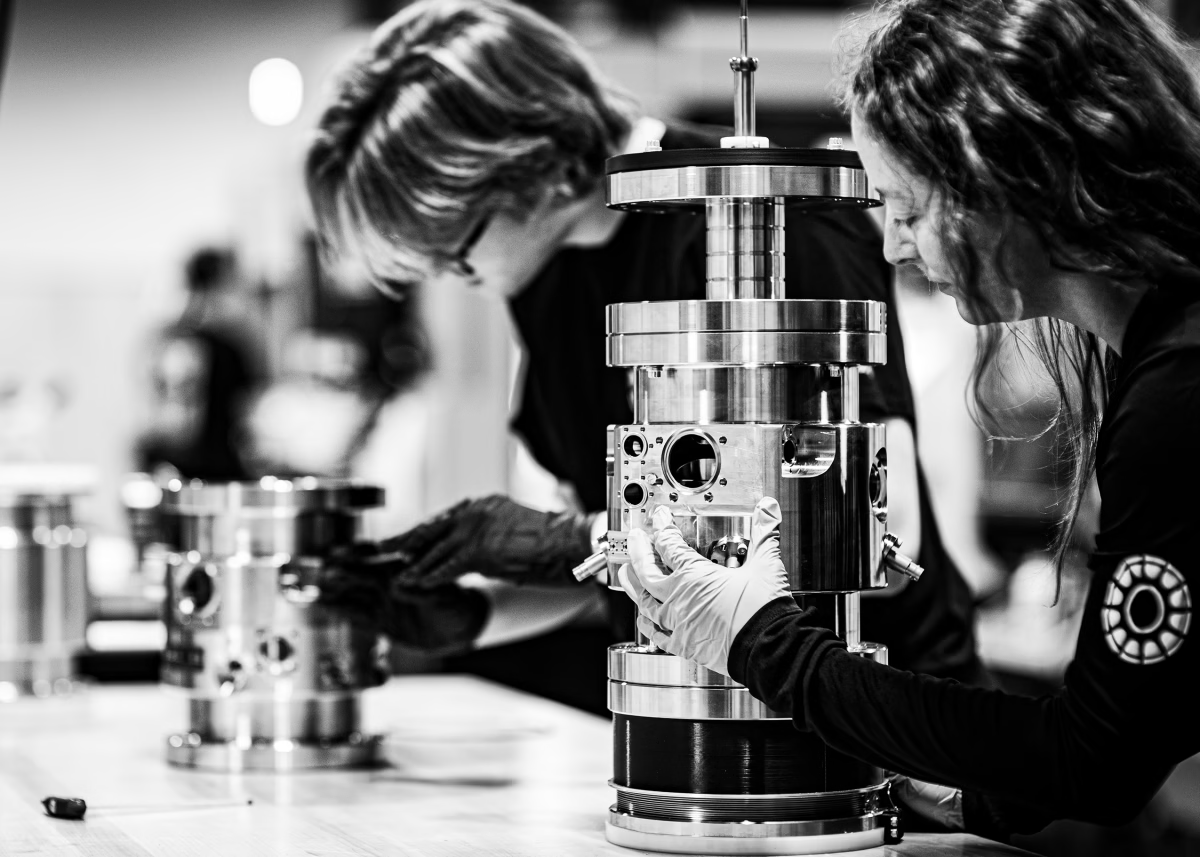Avalanche Energy Achieves Breakthrough in Desktop Fusion Reactor

▼ Summary
– Avalanche Energy has reached a tipping point with its desktop fusion machine, maintaining 300,000 volts to potentially achieve net energy gain.
– Unlike other fusion companies, Avalanche uses intense electrical currents to create ion collisions for energy release, avoiding the need for powerful magnets.
– The company’s high-voltage density (6 million volts per meter) is key to generating low-cost neutrons for radioisotopes and material testing.
– Avalanche received a $10 million grant from Washington State to build FusionWERX, a shared testing facility for fusion research while protecting IP ownership.
– The company aims to be profitable by 2028 through radioisotope sales and facility rentals, with revenue projections of $30–50 million by 2029.
Avalanche Energy has reached a critical milestone in compact fusion technology, demonstrating sustained operation of its desktop reactor at 300,000 volts, a breakthrough that could redefine clean energy production. The startup’s innovative approach replaces traditional magnetic confinement with high-voltage electrical currents, forcing ions into dense orbits where they collide and release fusion energy.
Unlike massive tokamak reactors requiring billion-dollar facilities, Avalanche’s system fits on a workbench yet achieves an unprecedented voltage density of 6 million volts per meter. This efficiency opens doors for scalable reactors producing 5 to hundreds of kilowatts, potentially outpacing energy input, the elusive “net gain” target in fusion research.
The company’s CEO, Robin Langtry, emphasizes that high-voltage operation isn’t just about power generation; it enables cost-effective neutron production for medical isotopes and materials testing. Avalanche recently secured $10 million from Washington State to construct FusionWERX, a shared testing hub where researchers can validate fusion technologies without sacrificing intellectual property. Funding stems from the state’s carbon market, aligning with broader sustainability goals.
With FusionWERX expected to drive profitability by 2028, Avalanche anticipates $30–50 million in annual revenue shortly afterward. Industry whispers suggest an impending Series A funding round, though Langtry remains focused on meeting grant requirements first. The facility’s dual revenue streams, isotope sales and lab rentals, could position Avalanche as a rare fusion startup with near-term commercial viability.
As competitors chase megaprojects, Avalanche’s compact design and pragmatic monetization strategy highlight a different path forward. If successful, their approach might accelerate fusion’s transition from lab curiosity to practical energy solution.
(Source: TechCrunch)



